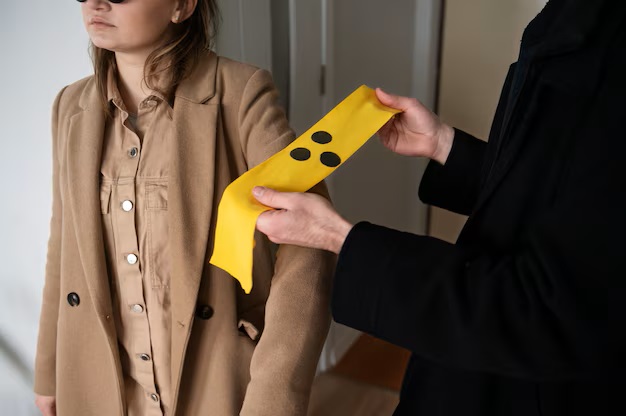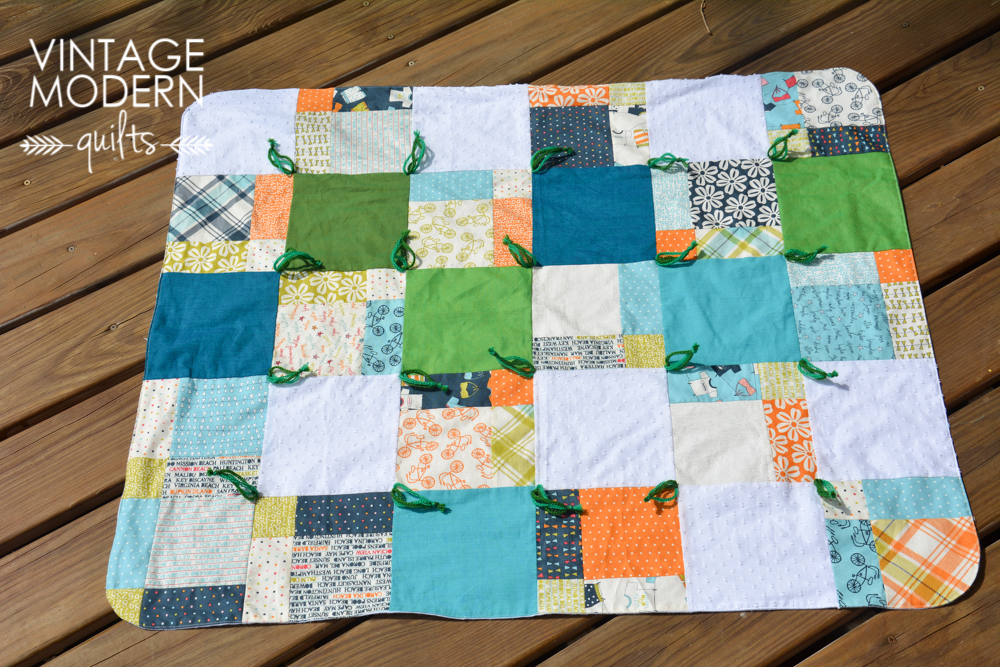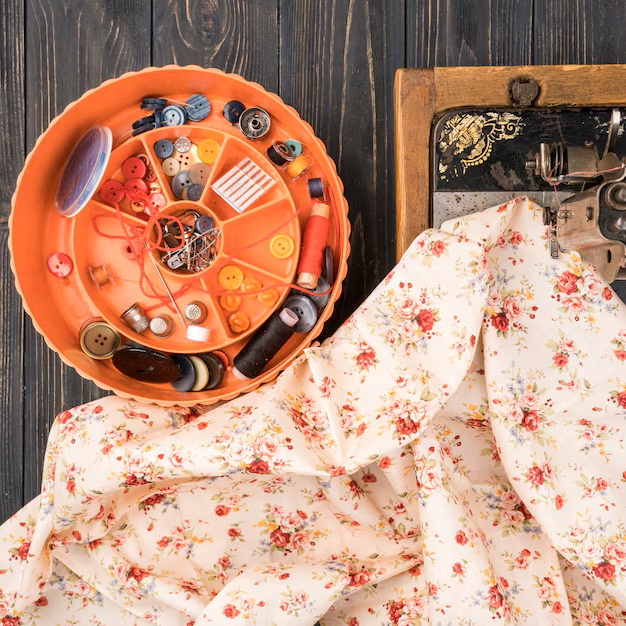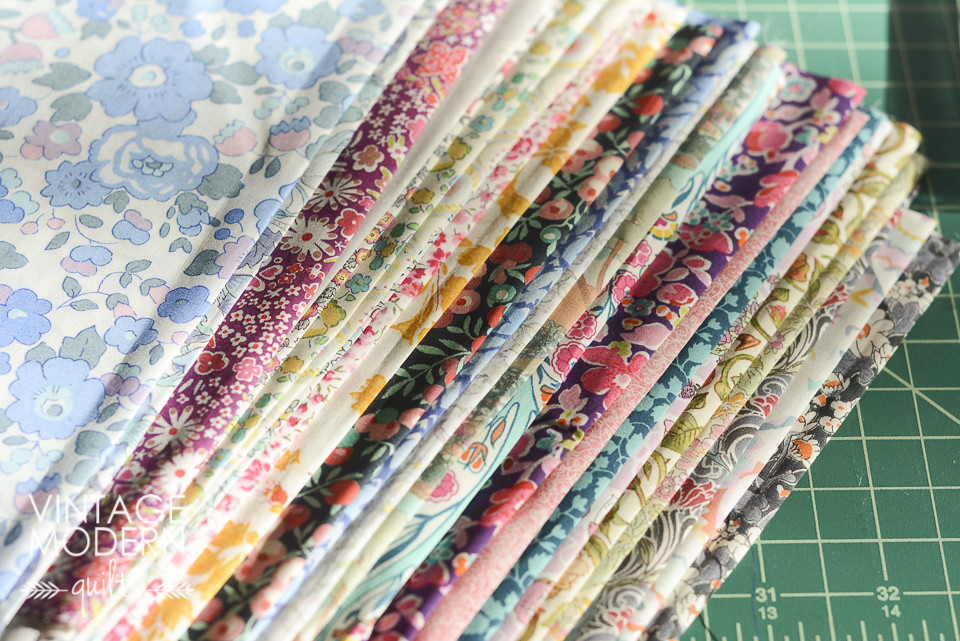How to Create Beautiful Bias Tape Piping – Step by Step Tutorial
In the world of textile arts, adding intricate detailing can elevate any creation from ordinary to stunning. This guide will delve into the art of forming stylish edges that enhance the overall aesthetic of your fabric items. With the right techniques and a bit of creativity, the finishing touches can truly make a difference.
Mastering this technique allows you to customize your garments and crafts, providing a unique flair that reflects your personal style. Whether you are a seasoned seamstress or a beginner exploring new skills, this process promises to be both enjoyable and fulfilling.
Join us on this journey as we explore the essential steps and tips vital for perfecting this skill. Soon, you will be able to transform plain seams into sophisticated highlights that catch the eye and impress all who behold your handiwork.
Understanding Bias Tape Basics
In the realm of sewing and crafting, the use of a specialized strip of fabric is essential for providing decorative edges and functional seams. This versatile material not only adds visual appeal but also plays a crucial role in finishing raw edges, enhancing the durability of projects. Knowing the fundamental aspects of this fabric strip can elevate your craftsmanship and open up new possibilities for design and creativity.
Construction of this fabric involves cutting it at a 45-degree angle to the grain, allowing for greater flexibility and stretch. This unique angle results in a product that can easily conform to curves and corners, making it perfect for various applications. The process of preparing this material requires attention to detail, ensuring that the final outcome meets both aesthetic and functional needs.
Types of this fabric vary widely, from single-fold options to double-fold variants, each serving its own purpose in sewing projects. Understanding the differences enables crafters to select the right type for their specific requirements, whether it be for decorative edging or as a practical binding solution. Familiarity with these options empowers one to make informed choices that can significantly enhance the overall quality of the work.
Materials Needed for Bias Piping
To embark on your journey of making exquisite piping, gathering the right supplies is essential. The selection of quality components will greatly influence both the process and the final outcome of your project.
Start with a selection of fabric that suits your overall design. Opt for cotton or linen, which are both durable and easy to manipulate. Next, you’ll require a rotary cutter or scissors for precise cutting. Additionally, a ruler or a fabric gauge will aid in achieving accurate measurements.
Don’t forget to have some interfacing on hand, as it adds the necessary structure to your piping. For assembly, a sewing machine is indispensable, along with coordinating thread that complements your fabric choice. Lastly, a piping foot can significantly enhance the stitching process, allowing for a professional finish.
Preparing Your Fabric for Piping
To achieve an exceptional finish in your project, it is crucial to adequately prepare the materials before proceeding. Proper preparation ensures that the fabric behaves as expected during the sewing process, resulting in professional-looking edges and seams.
Gathering Supplies
Before starting, it is important to have all necessary materials at hand:
- Fabric for your main project
- Complementary material for the trim
- Cutting tools (scissors or rotary cutter)
- Measuring tools (ruler or measuring tape)
- Iron and pressing cloth
Cutting the Fabric
Once the supplies are ready, outline the following steps:
- Measure and cut the fabric for the trim according to your desired width and length.
- Ensure that the strips are cut on the bias, allowing for flexibility and a smooth curve.
- Press the fabric strips to eliminate wrinkles and create a crisp edge for easier handling.
Taking these preliminary actions will ensure a smoother crafting experience and enhance the overall quality of your finished product.
Techniques for Cutting Bias Strips
When working with fabric, achieving precise and even strips is essential for successful projects. This section focuses on various methods to efficiently cut strips on the diagonal grain of the fabric, which provides flexibility and enhances the overall finish of your creations.
Preparation and Tools
Before starting the cutting process, ensure you have the right tools at your disposal. A sharp rotary cutter, a cutting mat, and a clear ruler will significantly improve accuracy. It is crucial to prepare the fabric by prewashing and ironing it to eliminate any wrinkles, which can lead to uneven edges.
Measuring and Cutting
Begin by measuring the desired width of the strips. For most applications, a width between 1 to 2 inches is common. Using your ruler, mark the fabric at 45-degree angles from the selvage edge. Make sure to use sharp scissors or a rotary cutter to achieve clean cuts. This technique will ensure that the strips are aligned properly and maintain their shape during use.
In summary, mastering the art of cutting diagonally will elevate the quality of your projects. Precision and the right tools are key factors in achieving professional results.
Creating Beautiful Piping with Ease
Adding a decorative element to your sewing projects can elevate them beyond the ordinary. An elegant trim can enhance any fabric piece, providing a polished and professional finish. This section focuses on crafting an exquisite edging that adds charm and sophistication to your creations, ensuring they catch the eye and stand out in any setting.
Essential Supplies
Before diving into the process, gather all necessary materials. You will require fabric strips, a coordinating or contrasting thread, scissors, and a sewing machine. Choosing the right fabric for your edging can make a significant difference, so opt for something that complements your main material.
Techniques for Success
To achieve a stunning effect, precision is key. Begin by cutting your fabric into consistent strips, ensuring they are wide enough to accommodate the desired look. As you sew, maintain even pressure and a steady pace for smooth results. This method will not only streamline your workflow but also help in creating an appealing appearance with minimal effort.
Remember that practice makes perfect. With time, you’ll find your rhythm, and the process will become second nature. Embrace your creativity, and let your projects reflect your unique style!
Tips for Attaching Bias Piping
Securing decorative edging to fabric edges can elevate your sewing projects significantly. Mastering the technique of attachment ensures a polished and professional finish. Below are essential guidelines that can enhance your experience and results during the process.
Preparation is Key
Before starting, ensure that your fabric and trimming are precisely cut and prepared. Iron everything to eliminate creases, as smooth surfaces will facilitate easier sewing. Additionally, having all your tools on hand–such as pins, clips, and an appropriate presser foot–will streamline the workflow.
Pinning and Stitching Techniques
When attaching your trim, using pins or clips helps maintain even spacing and alignment. Begin by pinning at intervals, ensuring that the fabric edge meets the trimming edge perfectly. For sewing, adjust your stitch length to accommodate the thickness of the materials. Consider the following table for stitch settings based on fabric types:
| Fabric Type | Recommended Stitch Length | Presser Foot Type |
|---|---|---|
| Cotton | 2.5 mm | Standard Foot |
| Denim | 3.0 mm | Walking Foot |
| Silk | 1.5 mm | Zipper Foot |
Utilizing a zipper foot allows you to get close to the edge of the trim for a neat finish. Remember to keep the tension adjustable to maintain the quality of stitching throughout the project.
Q&A: Tutorial how to make bias tape piping
What materials do I need to create bias tape piping?
To create bias tape piping, you’ll need a few essential materials. First, you need bias tape itself, which can be made from cotton, silk, or other fabrics. Additionally, you will require a piping cord, which gives your piping its structure. A cutting mat, rotary cutter, or scissors will help you cut the fabric, and you’ll also need a ruler for measuring. For assembly, a sewing machine is necessary, along with pins to hold the fabric in place. Lastly, a seam ripper can come in handy for correcting any mistakes.
Can I use pre-made bias tape for piping, or should I make my own?
Using pre-made bias tape for piping is certainly possible, especially if you’re looking for a quick solution. However, making your own bias tape allows for greater customization in terms of color, pattern, and fabric type. This is particularly useful if you want the piping to match your project perfectly. Additionally, homemade bias tape can be cut to any width you desire, making it easier to achieve a specific look. Ultimately, the choice between pre-made and homemade will depend on your project requirements and how much time you have.
What is the best way to attach the piping to my fabric?
Attaching the piping to your fabric involves a few careful steps to ensure a neat finish. Start by placing the piping along the edge of your fabric with the piping cord aligned with the raw edge. Use straight pins to secure it in place. Next, use a zipper foot on your sewing machine, which allows you to sew close to the piping without catching the fabric. Stitch carefully, following the curve if your project requires it. Be sure to sew within the seam allowance, as this helps to hide the stitching when the final seam is completed. Lastly, press the piping well to set the stitches and prepare for attaching any additional fabric panels.
How do I achieve perfect curves when using bias tape piping?
Achieving perfect curves with bias tape piping requires some technique but is certainly doable. Before attaching the piping, make several small notches into the bias tape along the curves. This helps the tape to bend more naturally around the fabric’s edges. When you sew, do so gently and slowly, adjusting as you go to maintain the shape of the curve. It can be helpful to use basting stitches first to check how the piping lays before final stitching. Finally, consider using a pressing cloth and steam to gently manipulate the curves into place for a polished finish.
Are there any tips for choosing colors and patterns for my bias tape piping?
Selecting colors and patterns for your bias tape piping is an opportunity to enhance your project’s aesthetic. A contrasting color can add a pop of interest and define seams, while a matching color will create a seamless look. When working with bold patterns, consider using a solid color to balance the overall appearance. Additionally, you might want to consider the fabric of your project; for instance, if your main fabric is busy, simpler bias tape may work better. Experiment with scraps first to see how different combinations look together. Ultimately, your choices should reflect your personal style and the overall design you wish to achieve.
What materials do I need to create beautiful bias tape piping?
To create beautiful bias tape piping, you’ll need several key materials: fabric for the bias tape (cotton or quilting fabric works well), a rotary cutter or scissors, a cutting mat, a ruler, and an iron. Additionally, you will require a piping foot for your sewing machine, if you have one, as well as a cord or piping filler (like cotton piping cord) that will give your bias tape its shape. Finally, some pins or clips will help secure everything in place while you sew. Having a clean workspace will also contribute to the ease of the process.
How do I fold fabric on the bias to make piping?
To fold fabric on the bias, you’ll need to first find the bias by folding the fabric at a 45-degree angle. This creates the perfect stretch and flexibility for making piping around curves and other projects like upholstery.
Can you show you how to make bias tape and piping for a pillow?
To make bias tape and piping for a pillow, cut the fabric on the bias and sew the piping using a piping foot. This tutorial shows you how to join the piping and sew along the length of the cushion.
How do you make one continuous length of bias tape for piping?
To make one continuous length of bias tape, you’ll need to cut long strips of fabric on the bias and join them together. This method helps create a seamless piece of fabric, ideal for upholstery and sewing around curves.
What’s the best method to join the piping on a cushion?
To join the piping on a cushion, ensure you’re using bias tape and piping sewn with the right sides together. Sew the piping around the edges, using a piping foot for accuracy, and fray the ends slightly to blend them.
Can I upload original content about how to make bias piping?
Yes, you can upload original content on platforms like YouTube. A DIY tutorial that shows how to make bias piping using fabric cut on the bias is ideal for viewers looking for step-by-step instructions.
Why is fabric cut on the bias important when making piping?
Fabric cut on the bias is crucial for making piping because it offers flexibility and stretch, which makes it easier to sew the piping around curves. The bias cut prevents the fabric from fraying and gives a smooth finish.
What’s the difference between cutting fabric along the bias and on the straight grain?
Cutting along the bias means you’re cutting at a 45-degree angle, which offers stretch, while cutting on the straight grain does not. For projects like piping, you want to cut the fabric on the bias for flexibility around corners.
How do I use a piping foot when sewing piping around a cushion?
Using a piping foot helps guide the piping along the edges of your cushion. Place the piping between the right sides of the fabric and sew along the length, ensuring that the needle is positioned correctly for a snug fit.
Why should I sew the piping with the right sides together?
Sewing the piping with the right sides together ensures that when you turn the fabric, the piping will sit perfectly on the outside edge, providing a clean, professional look for projects like pillows or cushions.
How do I make a continuous strip of piping from bias tape?
To make a continuous strip of piping from bias tape, cut the bias tape into long strips and join them by sewing the edges together. This creates a smooth, seamless length of piping, perfect for large projects.
What’s the easiest way to fold fabric for making piping?
The easiest way to fold fabric for making piping is to fold the fabric along the bias, creating a triangle. This allows for extra fabric stretch, which is especially useful when working with curves.
What kind of fabric should I use to make piping for upholstery?
When making piping for upholstery, choose a durable fabric cut on the bias to ensure flexibility. Using upholstery fabric on the bias allows the piping to bend around the curves of furniture without fraying.
How can I sew along the length of the piping without it moving?
To sew along the length of the piping without it moving, use a piping foot. It helps guide the needle precisely along the strip of piping, ensuring an even stitch and preventing shifting during the sewing process.
Why is piping a great addition to a DIY pillow project?
Piping is a great addition to a DIY pillow project because it adds a professional finish and can make the pillow look custom-made. By using fabric on the bias, you can sew the piping easily around corners and curves. Happy sewing!




